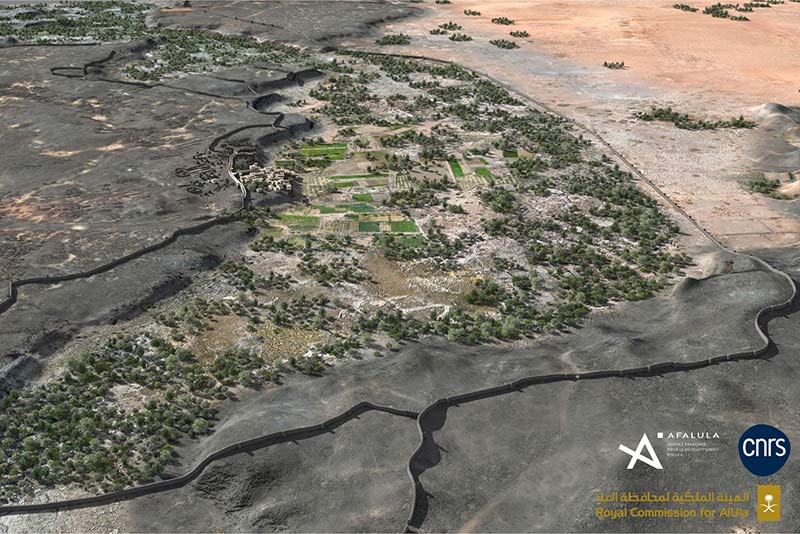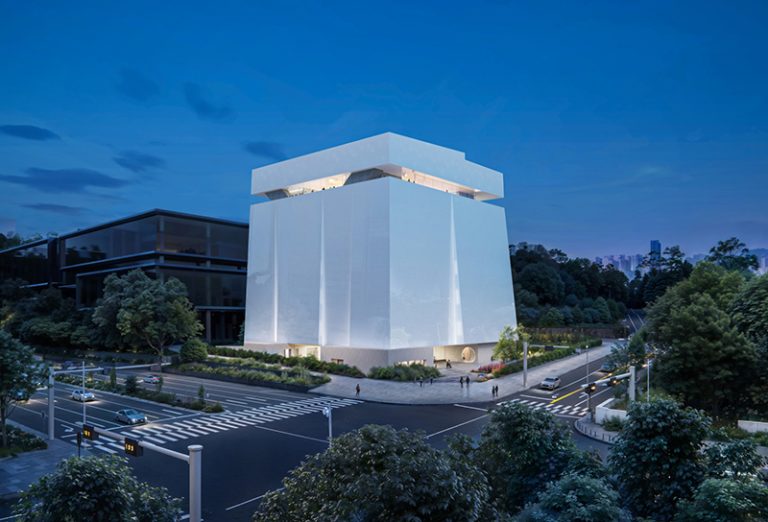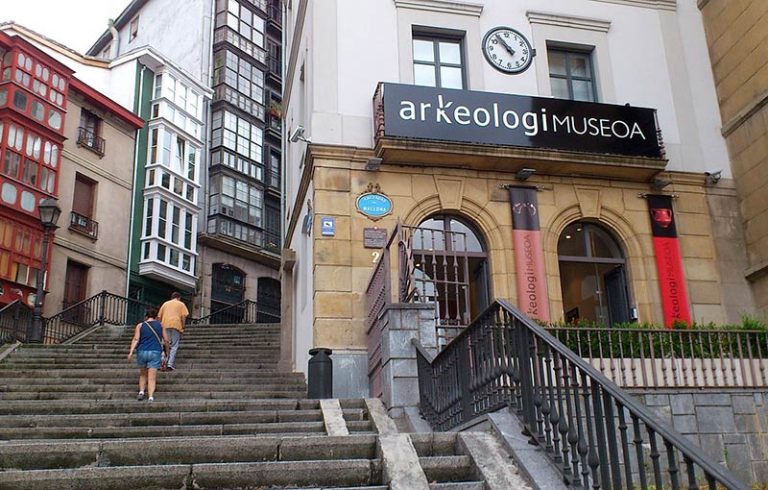Saudi Arabia. An article published on January 10 by CNRS archaeologists in the journal Journal of Archaeological Science: Reports reveals the existence of an exceptional fortified enclosure dating from the Bronze Age (2nd millennium BC) in Saudi Arabia. Originally 14.5 kilometers long, this stone wall approximately five meters high surrounded the town and agricultural land. The prospecting and survey campaign carried out by Guillaume Charloux (CNRS) between October 2020 and March 2023 aimed to confirm the existence of a “monumental defensive belt of the pre-Islamic period” on a site occupied until the beginnings of Islam.
There are other such oases in northwest Saudi Arabia, but Khaybar is known throughout the Islamic world as the site of a battle won by Muhammad’s troops in 628 AD. AD. Located at the crossroads of three valleys halfway between Al-Ula and Medina, it is exposed to a desert climate. Archaeologists deplore the extreme climatic conditions which have damaged the remains and made prospecting difficult.
After surveys and collections of archaeological and mineral material, archaeologists were able to draw up a plan of the remains. Nearly 6 kilometers of wall have been preserved out of 14, with 140 segments of varying length. Some appear to have been modified or rebuilt at different times. The wall also includes 74 bastions built facing the desert for defensive purposes. The authors of the article suggest that the oasis had to defend itself against armed nomadic groups and against “erosion and salinization of agricultural soils”. Another hypothesis put forward would be the desire to “to mark one’s authority on the territory” by a monumental enclosure.
A quick build
For dating, archaeologists used stratigraphy, ceramics and carbon-14 on coal samples. In the wall, the reuse of funerary stones dating from 2600 BCE also provided a reliable age limit. After data analysis, the enclosure is dated between 2250 and 1950 BC. It was probably built in a few years as part of a large collective project. This speaker is exceptional “by its size, and in terms of technical and collective efforts” since the researchers estimate that it would have taken several hundred workers over three to five years at least to build it.
This discovery allows us to better understand the phenomenon of sedentarization in Arabia during the Bronze Age as well as the progressive urbanization of large oases.
It is likely that the Saudi authorities will disseminate the information widely, because the region of Khaybar and the oases has been the subject of increased tourist development in recent years. The nearby oasis of Tayma (famous in classical Arabic literature) has been nominated by Saudi Arabia in 2022 for UNESCO World Heritage listing.







